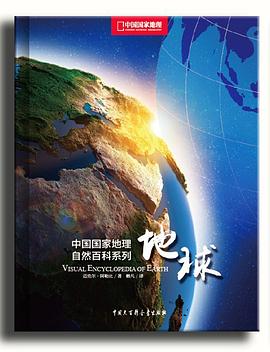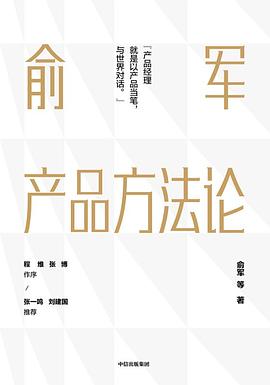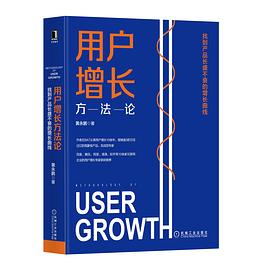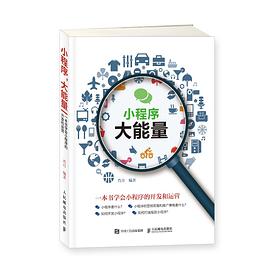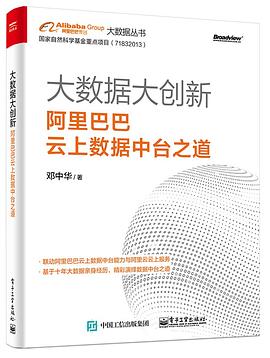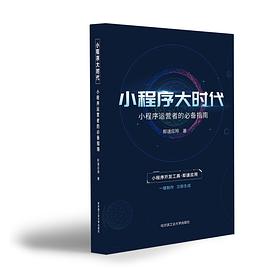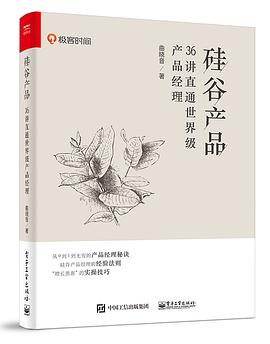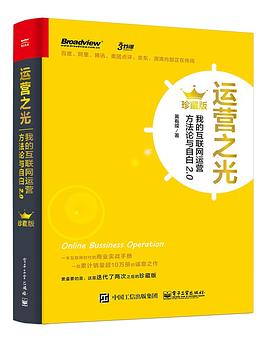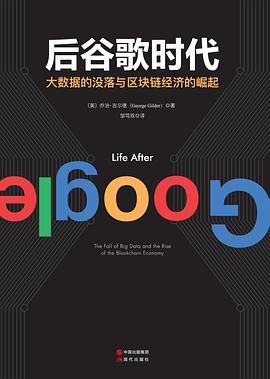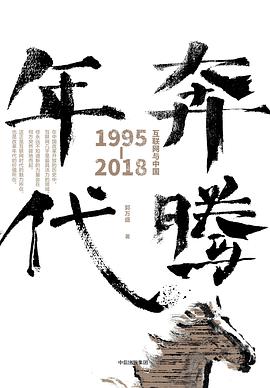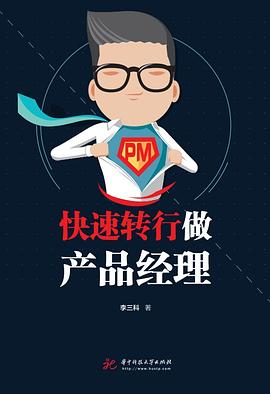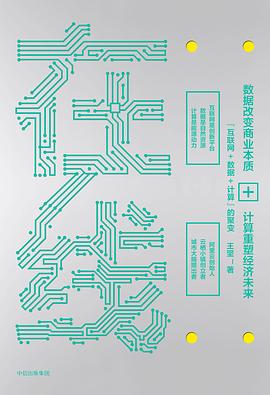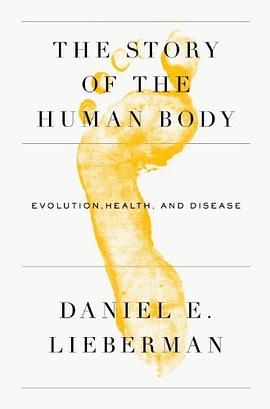

具体描述
A landmark book of popular science—a lucid, engaging account of how the human body evolved over millions of years and of how the increasing disparity between the jumble of adaptations in our Stone Age bodies and the modern world is fueling the paradox of greater longevity but more chronic disease.
In a book that illuminates, as never before, the evolutionary story of the human body, Daniel Lieberman deftly examines the major transformations that contributed key adaptations to the body: the advent of bipedalism; the shift to a non-fruit-based diet; the rise of hunting and gathering and our superlative endurance athletic abilities; the development of a very large brain; and the incipience of modern cultural abilities. He elucidates how cultural evolution differs from biological evolution, and how it further transformed our bodies during the Agricultural and Industrial Revolutions. Lieberman illuminates how these ongoing changes have brought many benefits, but also have created novel conditions to which our bodies are not entirely adapted, resulting in a growing incidence of obesity and new but avoidable diseases, including type-2 diabetes. He proposes that many of these chronic illnesses persist and in some cases are intensifying because of "dysevolution," a pernicious dynamic whereby only the symptoms rather than the causes of these maladies are treated. And finally—provocatively—he advocates the use of evolutionary information to help nudge, push, and sometimes oblige us to create a more salubrious environment.
(With charts and line drawings throughout.)
作者简介
Daniel Lieberman is the Chair of the Department of Human Evolutionary Biology at Harvard and a leader in the field. He has wpublished nearly 100 articles, many appearing in the journals Nature and Science. His research and discoveries have been highlighted in newspapers and magazines including The New York Times, The Boston Globe, Discover, and National Geographic. He has frequently appeared on Nova, the BBC, and Charlie Rose, among other programs.
目录信息
读后感
在“瘦即是正义”的时代,人们关注美似乎多过健康,而瘦也成了部分人追求美的偏执目标。尤其是很多年轻女孩子,当她们对着穿衣镜审视自己的身体,首先关心的是自己胖不胖,而不是健康不健康。 当然,追求健康美的也大有人在。健身达人备受推崇,运动方法和健身配餐在各种渠道都...
评分在每天上下班路上看完了这本书,很有意思的科普书,从进化史的角度分析了某些疾病大量爆发的原因,就此提出失配性疾病的概念,简而言之,我们的身体是进化的产物,而进化的目的是为了促进生殖繁衍,因此当科技发展、社会进步的力量过大过快,身体的基因却依然停留在适应过去,...
评分在看《人体的故事》时,最大的感触是包括人类在内的所有物种的基因组里,都包含了大量沉默的基因片断。这些基因片断在某些人类亚种的特定历史时期,有着正面的意义。或者对当时的人类没有任何影响,但一旦环境发生变化,这些基因立刻会给人带来意料之外的影响。 比如非洲族裔的...
评分1、本书是科普读物,至少在我看来是的,从进化论,到21世纪的现代人,作者的讲解非常引人入胜并且在现代人的很多问题上很引发人的思考,也让我们更多的去认识我们自己以及我们从何而来 2、读完这本书,会忍不住想对我们的大学和高中教育说,希望他们可以多一些这种科普并且已经...
评分四星。作者以进化论为基础,解释了我们的身体为什么会患病,提出一个非常重要的概念——失配性疾病,这也是全书最让我印象深刻的内容。 不以进化论,无以理解生物学。 进化解释了我们如何以及为何在短短600万年中从非洲森林中的猿类,变成了迈着大步直立行走的两足动物,并且可...
用户评价
这本书最大的好处是读的时候,像是听教授在教室里讲课一样,她把讲课的内容写成了一本书,而且科普性极高!
评分We must cultivate our bodies. 说白了还是多吃蔬菜瓜果、少坐多运动,抵制自己想吃sweet、fat的深加工食品,享受rest and relaxation的instinct。现代病都是现代化带来的“恶果”,重拾原始人的diet和运动量。
评分作者认为,农业/工业之后的环境/文化(主要是饮食消费文化)变化快于人类身体由于自然选择变化的速度。我们身体和环境的互动中,产生了很多不适和造成了很多慢性病。这些“不适”是广义的,小到我们穿鞋(鞋太舒适让我们身体没有按其应有的方式成行,于是很多运动/活动伤病)、龋齿等等,大到糖尿病和癌症等病症。我们要做的是改变自己的生活方式:少吃糖,多运动。
评分晨跑时听完有声书。前六章讲人类进化,单独靠听很难记住,会再读一遍文字版。之后几个章节进入主题,从进化的角度看现代社会多发的一些慢性病(II型糖尿病、骨质疏松、肥胖、近视等),关键字mismatch + dysevolution.关于现代医学在治疗这些病时更关注缓解症状而非针对疾病根源的讨论很有启发性。人类进化多年来的本能还是难以抗拒啊,想要健康要有意识地克服一些现代社会提供的便利。这些都不是新知识了。加油吧自己。
评分A more detailed explanation about the technics of the human body!
相关图书
本站所有内容均为互联网搜索引擎提供的公开搜索信息,本站不存储任何数据与内容,任何内容与数据均与本站无关,如有需要请联系相关搜索引擎包括但不限于百度,google,bing,sogou 等
© 2025 book.wenda123.org All Rights Reserved. 图书目录大全 版权所有

